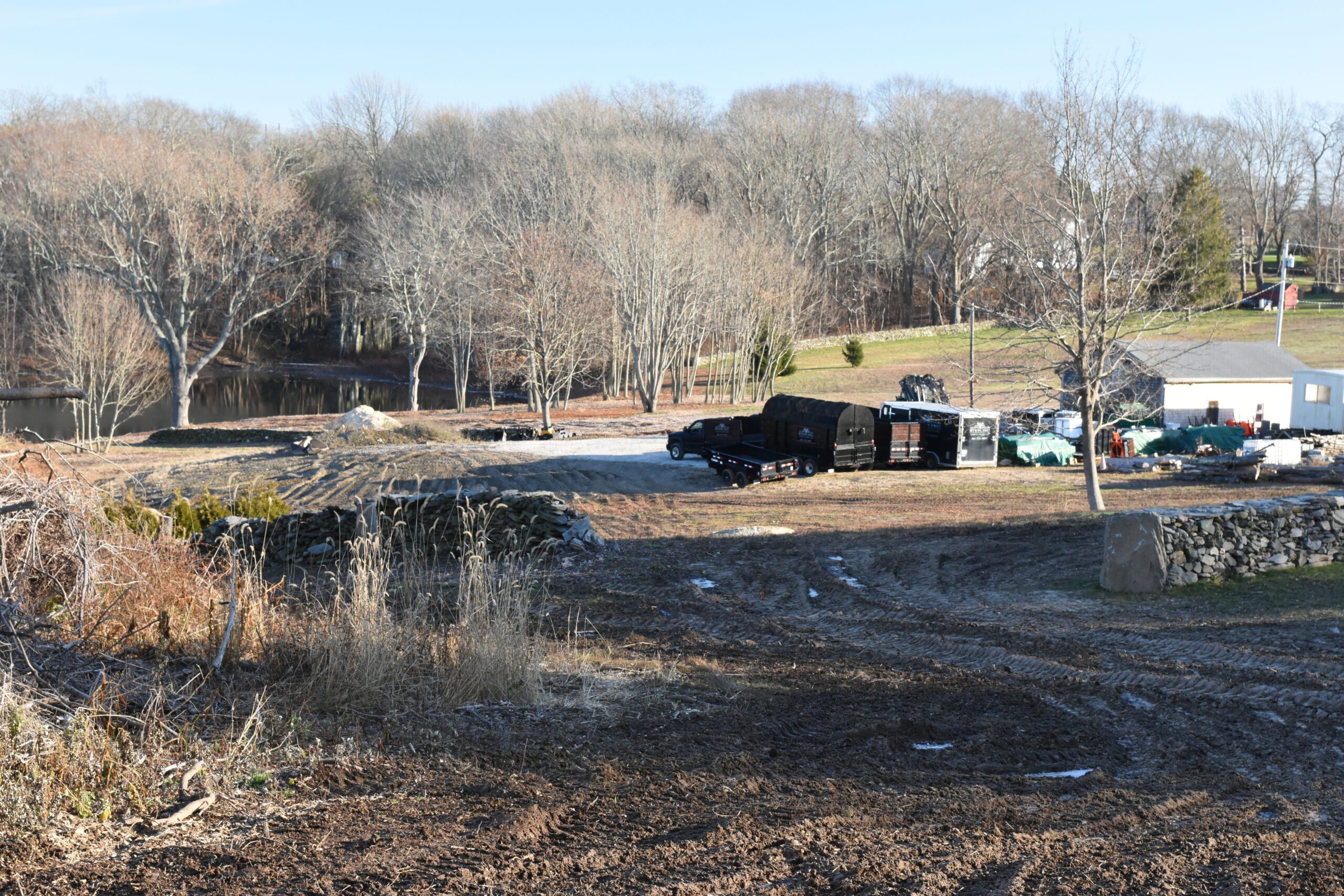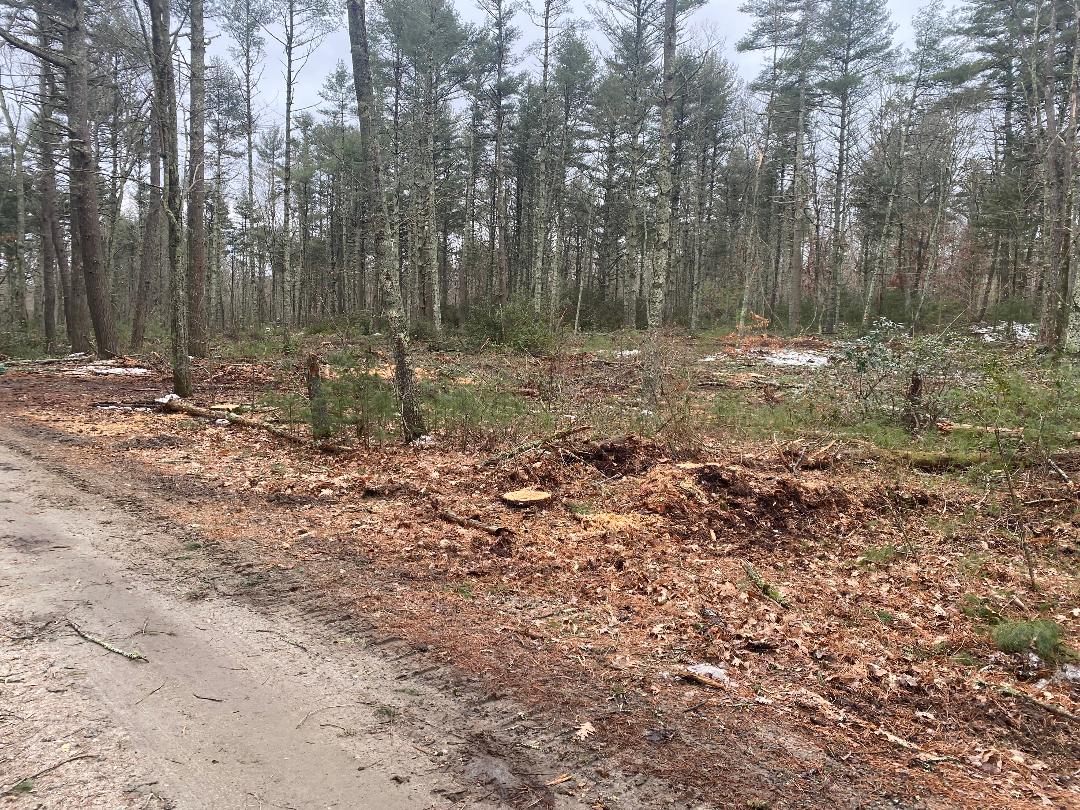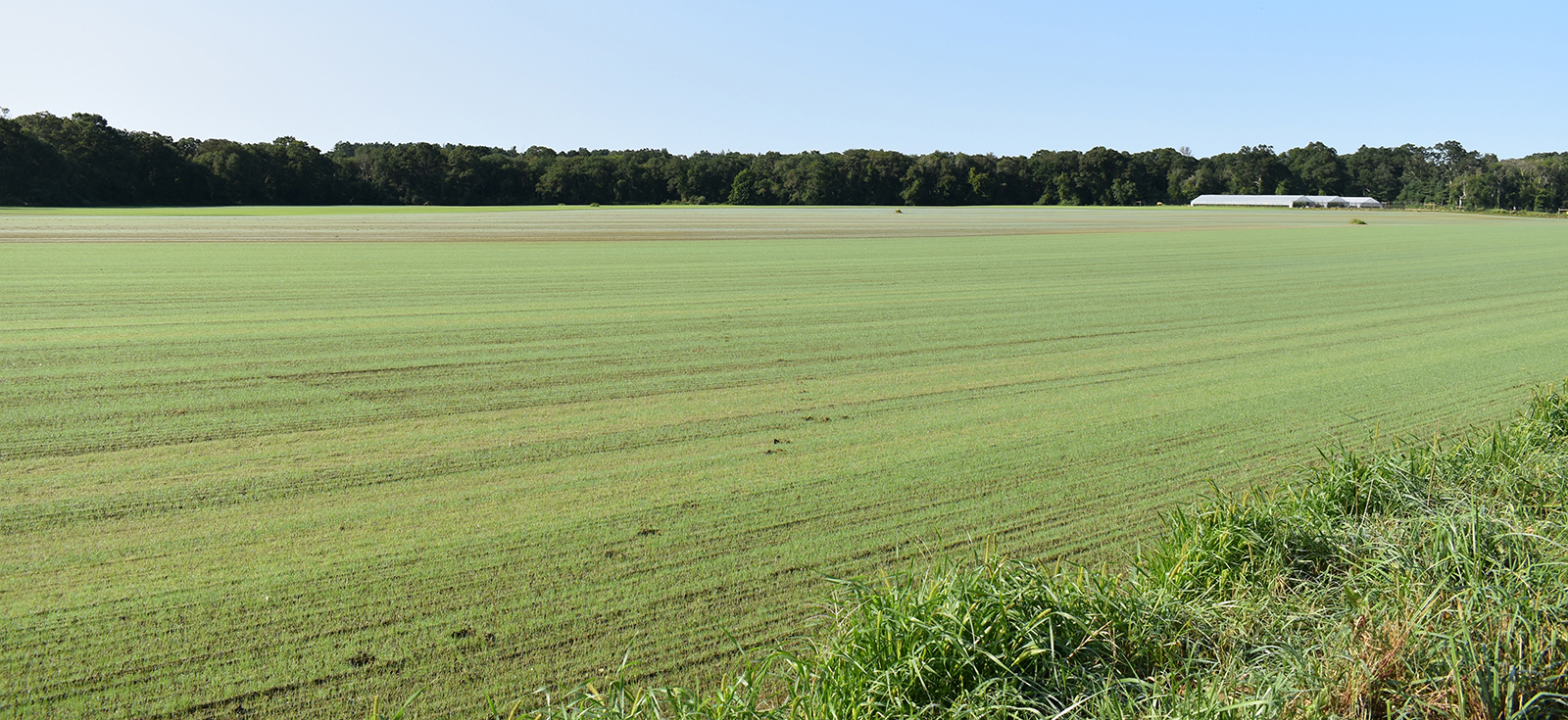Too Much Greene Energy has Some Coventry Residents Worried
Municipalities and state beginning to wrestle with where to site renewable energy projects
September 1, 2017
GREENE, R.I. — Some residents of this rural village in the southwest corner of of Coventry believe the “town’s push to become the renewable energy capital of Rhode Island” will dramatically change long-established characteristics, especially in their neck of the woods.
Greene isn’t the only neighborhood, community or municipality debating where to site solar and wind projects. The state is also grappling with the issue. The Office of Energy Resources (OER) is putting together a stakeholder group to study renewable-energy siting.
“None of us are against renewable energy; we all want to save the planet,” said Dave Hankins, a Lewis Farm Road resident. “Trees clean air and water. We shouldn’t be destroying something that naturally cleans our air and water to put in something artificial. We’re losing our rural character.”
ecoRI News recently spoke with four Greene residents, including Hankins, who are concerned about the clear-cutting of trees to make room for wind turbines and solar panels. The other three residents, despite being vocal at town meetings, didn’t want their names used for fear of retaliation.
All four are worried that the town is paving the way for more developers to build on more open space in rural western Coventry. They claim town officials are willing to do anything to create revenue. They say these same town officials are ignoring Coventry’s comprehensive plan, which does state:
“Our vision for land use recognizes that Coventry is composed of three communities — eastern, central, and western Coventry — whose diverse nature is Coventry’s defining characteristic. Each area contains important resources that contribute significantly to Coventry as a whole. Whether it is open space, scenic roads, historic mill villages, farms, access to Route 95, close-knit residential neighborhoods, commercial or industrial business locales, proximity to recreation areas or town facilities, each feature is essential to Coventry’s character and sense of community. As such, the diverse character of Coventry should be preserved.”
One objective of the comprehensive plan — which, according to the Division of Planning, has expired — is: “Develop and implement rural development standards to protect the distinctive rural character of western and central Coventry from the threat of suburbanization/urbanization.”
“The impact to the environment is not a high priority,” Hankins said. That view is shared by concerned residents in Hopkinton, Richmond and Burrillville, where energy projects are putting forestland at risk.
The four Greene residents all signed an online petition opposing any changes to the town’s comprehensive plan that would accommodate businesses or commercial development “entering and disrupting the rural environment of our district.” Greene is in District 1 of Coventry’s five districts.
In a May 11 letter to the Coventry Planning Commission, The Committee to Keep Greene Pristine expressed concern about two solar development projects proposed for the district. The letter noted that the proposed projects are in areas zoned rural residential (RR5), in defiance, the group argues, to the town’s comprehensive plan.
Cool breeze
In the past few years, the District 1 village, named after Rhode Island-born American Revolution general Nathanael Greene, has witnessed an influx of renewable-energy projects that have claimed acres of open space and could impact more. Ten wind turbines — two on town-owned land and eight on leased parcels of private property, and installed by North Kingstown-based Green Development LLC, formerly Wind Energy Development LLC — were the first projects to be developed. The turbines are 413 feet tall and each generates 1.5 to 4.5 megawatts of energy.
Two solar-energy projects are now being considered for Greene. Coventry Solar LLC is seeking a special-use permit to install a 1-megawatt, ground-mounted solar array on a 110-acre, privately-owned property between Railroad Avenue and Lewis Farm Road. The facility would reportedly have about 3,000 solar panels, cover 1.3 acres and require the installation of three to four utility poles. The entire site, including spacing between panels and a chain-link fence, will take up more than 5 acres.
Green Development LLC is also seeking a special-use permit, to develop a 5-megawatt, ground-mounted solar installation on private property between Carrs Trail and Flat River Road, west of Route 102.
Opponents claim the proposed uses are commercial/industrial and ill-suited for a rural location zoned residential. They say Coventry — one of the largest towns in the Northeast, at 62 square miles — has plenty of already-developed space to accommodate solar systems, such as commercial rooftops, the Centre of New England complex, a long-vacant parking lot on Route 3, and the long-closed Arnold Road landfill.
Brian Wagner, Coventry’s associate planner, told ecoRI News in a recent phone interview that there are better properties, certainly from a habitat perspective, to locate such projects. Wagner attended the initial OER stakeholder meeting. He said economics play a big factor when it comes to siting renewable-energy projects.
“It’s easier to cut down trees and grade a property when there is no existing infrastructure,” he said. “With a built environment, there’s multiple people to deal with. It’s more complicated. It’s more expensive.”
Concerned resident Hankins said state and local planning and siting of energy development should better address future needs, such as increased reliance on electric cars, for example. He noted that solar carports at big-box stores, shopping malls and supermarkets would allow consumers to charge their electric cars while they shopped and would also provide energy to the regional power grid.
“There’s no creative thinking when it comes to renewable-energy development,” Hankins said. “Lease some land and take down some trees. It’s the new gold rush, and everyone is jumping on board. We’re all for green energy, but we’re against stupid green energy.”
He and other opponents of cutting down trees and using open space for renewable-energy projects point to the installation of the two wind turbines at Picillo Farm — a Superfund site where more than 10,000 drums of hazardous were disposed of into several unlined trenches — as the type of properties that should be used for such development.
Wagner said if the two solar projects were to be approved, western Coventry would have no more circuit capacity to accommodate additional renewable-energy projects without infrastructure upgrades.
Statewide issue
Southern Sky Renewable Energy LLC has proposed a 13.8-megawatt solar installation in Hopkinton that would have some 43,000 solar panels and would require the clear-cutting of about 60 forest acres.
The town of Richmond has approved the development of a solar installation that will cover some 23 acres at Harvest Acres Farm on Kingstown Road and will have nearly 18,000 solar panels. The facility will be divided into two sections to accommodate a wetland that divides the property. The two installations, which will generate 1.5 megawatts and 3 megawatts, respectively, will cover 8.5 and 14.4 acres.
Opponents of chopping down woods to make room for solar panels or wind turbines say it further fragments forestland, which negatively impacts natural resources, such as drinking water and habitat, and weakens environmental health by diminishing biodiversity. They note that taking agricultural land out of production reduces the amount of local food that can be grown and harvested.
Earlier this year, Scott Millar, manager of community technical assistance for Grow Smart Rhode Island, told ecoRI News that solar panels on rooftops, industrial land, landfills and brownfields would minimize environmental damage.
“We need to take a hard look at what we’re proposing,” he said. “We shouldn’t be sacrificing farms and forests.”
Others, such as Seth Handy, a Providence-based attorney, say room needs to be made for renewable-energy development, because the negative impacts of these projects are far less than those caused by fossil fuels and nuclear energy.
“The electricity we all consume must come from somewhere. It’s unrealistic to think that our energy supply is not going to have significant impact. The real question is what kind of energy supply is preferable, all impacts considered,” Handy wrote in an Aug. 11 op-ed. “If we fail to develop the renewables we need to displace fossil fuel and nuclear power, those sources will continue to have a very bad impact on our environment. … We ought to understand that trade-off.”
For Wagner, at least, it’s about finding the right combination.
“This issue isn’t unique to Rhode Island. It’s about finding the right balance,” he said. “People who live on the coast are going to have to get used to seeing wind turbines off their beaches. Those living inland are going to see solar farms in some wooded areas. It’s an interesting conundrum. Green is butting up against green.”




Once again this shows the sound bite "clean energy" for renewables is so misleading, there is no such thing. Impacts can include loss of woodland, loss of farmland, noise, birdkill, plus the impacts from manufacture, maintenance, transmission (see opposition to power lines for importing hydro-Quebec power on another ecori story) and disposal. Better to emphasize the need for reducing demand thru efficiency, conservation and reduction in the skyrocketing rate of human population growth but too often enviros can’t resist "clean energy."
The people proposing cutting trees to put up solar panels seem to have no comprehension of how critical trees are for maintaining life on earth.